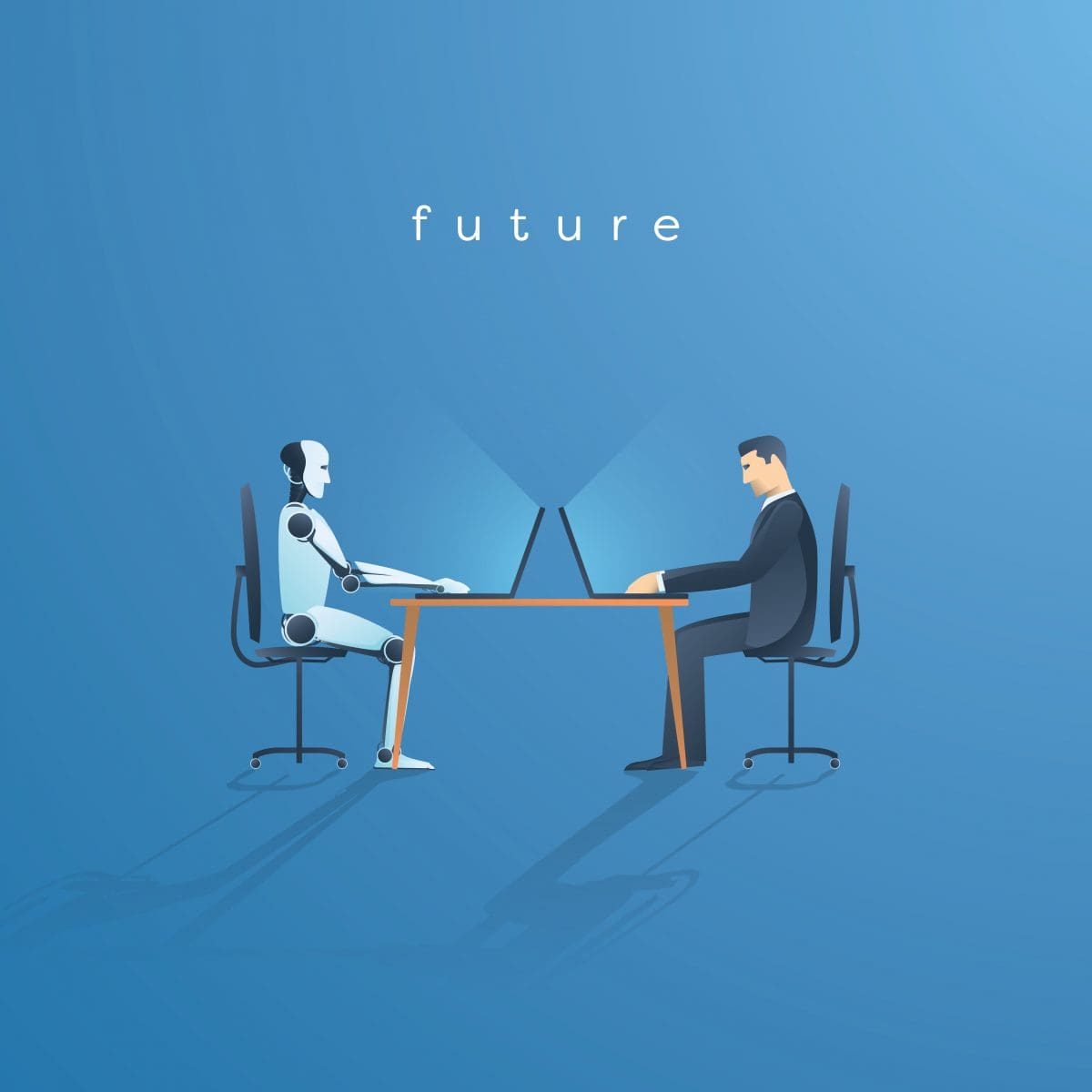
by Laurie Padua, Director of Consulting, Alexander Mann Solutions
The rise of artificial intelligence (AI) has been nothing short of phenomenal in recent years, and the rate of change shows no signs of slowing. Accenture reports that AI has the potential to add an estimated $814 billion (£654 billion) to the UK economy by 2035.
Looking at the HR discipline specifically, according to a global study we conducted of over 2,000 senior HR professionals last year, 96 percent believe that AI has the potential to enhance talent acquisition and retention. However, 57 percent of the same group believe that innovation in this area within their own organisation is too slow.
The ever-present and accelerating rhetoric around AI within both the media and business circles means that HR decision-makers are eager to capitalise on the benefits of artificial intelligence and robotics through a fear of being left behind. But, in our experience, many who believe that innovation within their own business is not fast enough may be further ahead of the curve than they are giving themselves credit for.
There continues to be a lack of understanding around the parameters of AI and robotics. Therefore, it is crucial that HR professionals appreciate the capabilities of their existing technology and what it can help them to achieve before seeking out systems with the specific aim of implementing AI solutions, without a solid business objective in mind.
It’s unsurprising, and somewhat encouraging, that HR practitioners are so keen to tap into the potential of new technologies – particularly given the messages that decision-makers in this area are habitually bombarded with. But, the reality is that many HR and recruitment professionals are already implementing software on top of existing IT infrastructure to help them eliminate low-level, tedious work. For example, sifting CVs during recruitment.
In fact, a recent report by HRO Today and Alexander Mann Solutions, Bits Don’t Byte, found that 55 percent of HR leaders are using AI to screen candidates while 34 percent are using this technology to schedule interviews.
Meanwhile, according to Deloitte’s 2018 Human Capital Trends report, 47 percent of HR leaders say that their organisations are deeply involved in automation projects, with 24 percent using AI and robotics to perform routine tasks.
However, aside from leaning on AI and robotics to boost efficiency, automation around recruitment also has the added benefit of reducing subjectivity in the hiring process and freeing up time for HR to innovate. Deploying robots to take care of administration also enables organisations to improve engagement to protect employer brand and to increase workforce diversity by removing unconscious bias – side effects I’m sure any HR director will welcome.
HR directors should, however, also be mindful of the fact that, for the time being at least, AI has its limitations. Anything involving ambiguity, context or change requires a level of emotional intelligence which only humans can provide.
Looking forward, AI can also be used to manage workforces effectively once candidates have bedded-in, with machine learning having the ability to provide reliable analytics around the future intentions of existing staff so that pipelines can be built accordingly.
Despite reports to the contrary, it is worth noting that these tools are not intended to eliminate the role of HR and recruitment professionals. They are designed to relieve them from mundane and repetitive tasks, freeing up valuable time which could be best spent leveraging their interpersonal skills and engaging with employees and candidates. The secret is to not seek out AI and robotic solutions simply for the sake of doing so. Establish first the end benefit you hope to achieve. It is likely that you will already be sitting on the functionality you need.
In the not-too-distant future, it seems highly probable that HR directors may soon be managing a robotic workforce alongside human employees and HR strategists will no doubt have to slowly adapt to planning future workforces with robots in mind. Particularly when you consider that the aforementioned HRO Today study found that the majority of HR leaders (59 percent) are driving AI adoption themselves, rather than following the lead of other departments.
However, there will be no cliff-edge of job losses as AI replaces human workers. Instead, the roles of real-life employees will develop so that we will work alongside robots to become more efficient and productive, and innately human traits will become more valuable than ever before. Yes, existing jobs are being automated, but this is creating exciting possibilities to create brand-new roles.













